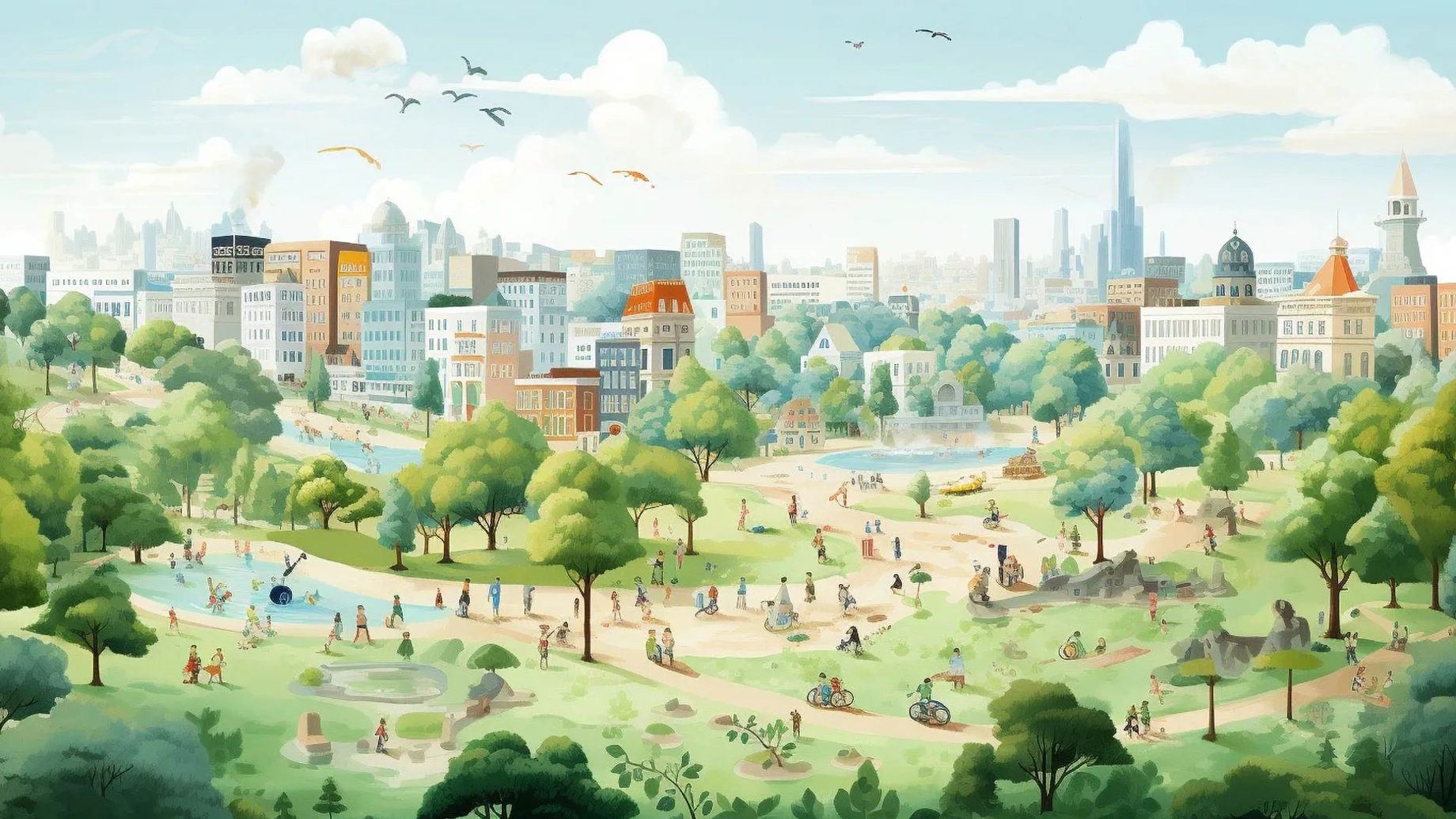How human centred design can boost resilience to climate change

All over the world towns, cities and whole regions are confronting emerging climate change threats and pondering their response. Once rare, but now common, extremes of temperature or rainfall, have profound and varied implications for the way we live and decisions we take. Events that are said to be once-in-a-lifetime are easy for local communities to overlook or fail to prepare for. Yet, building resilience to these threats is now an urgent priority in a world where emissions, despite many efforts, continue to increase.
Marta Granda Nistal, Associate at ARUP, the global engineering firm, argues that human-centred design (HCD) has a useful role to play this context. Climate change, she says, provides countless contexts where behaviour change will need to be central to the solution, and where designs need to address a complex range of human needs, behaviours and preferences.
A big part of HCD’s strength is in what it reveals at the individual and community level, enabling the development of new solutions from previously underserved needs. Given that achieving net zero goals inherently requires major changes in behaviour at the level of whole populations, understanding barriers of adoption and what people really care for is undeniably part of the challenge.
Rather than imposing a new technology, service or piece of infrastructure on people, human-centred design first tries to understand them and their needs through in-depth primary research and design solutions based on real evidence.



